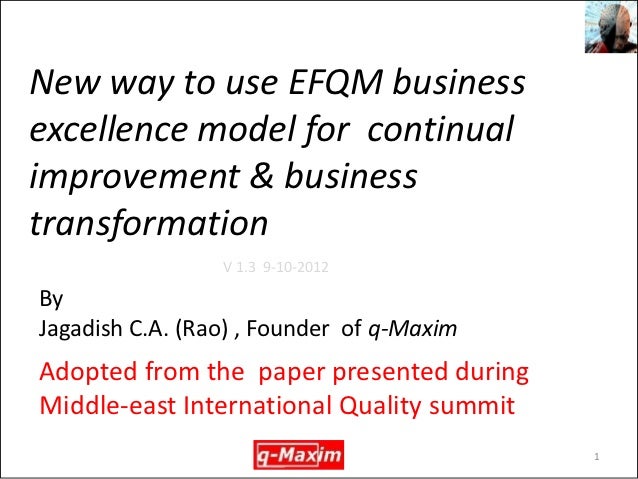

Amid the various pedagogical revolutions in calculus, computing, statistics, and data analysis, nearly every undergraduate program continues to require at least one semester of real analysis.

The Main Objectives Real analysis stands as a beacon of stability in the otherwise unpredictable evolution of the mathematics curriculum. By shifting the focus to topics where an untrained intuition is severely disadvantaged (e.g., rearrangements of infinite series, nowhere-differentiable continuous functions, Cantor sets), my intent is to bring an intellectual liveliness to this course by offering the beginning student access to some truly significant achievements of the subject. Producing a rigorous argument that polynomials are continuous is good evidence for a well-chosen definition of continuity, but it is not the reason the subject was created and certainly not the reason it should be required study. There is a tendency, however, to center an introductory course too closely around the familiar theorems of the standard calculus sequence. The aim of a course in real analysis should be to challenge and improve mathematical intuition rather than to verify it. Printed on acid-free paper Springer Science+Business Media LLC New York is part of Springer Science+Business Media (Preface My primary goal in writing Understanding Analysis was to create an elementary one-semester book that exposes students to the rich rewards inherent in taking a mathematically rigorous approach to the study of functions of a real variable. Neither the publisher nor the authors or the editors give a warranty, express or implied, with respect to the material contained herein or for any errors or omissions that may have been made. The publisher, the authors and the editors are safe to assume that the advice and information in this book are believed to be true and accurate at the date of publication.
#Understanding analysis 1.3.9 free#
in this publication does not imply, even in the absence of a specific statement, that such names are exempt from the relevant protective laws and regulations and therefore free for general use. The use of general descriptive names, registered names, trademarks, service marks, etc. All rights are reserved by the Publisher, whether the whole or part of the material is concerned, specifically the rights of translation, reprinting, reuse of illustrations, recitation, broadcasting, reproduction on microfilms or in any other physical way, and transmission or information storage and retrieval, electronic adaptation, computer software, or by similar or dissimilar methodology now known or hereafter developed.

ISSN 0172-6056 ISSN 2197-5604 (electronic) Undergraduate Texts in Mathematics ISBN 978-1-4939-2711-1 ISBN 978-1-4939-2712-8 (eBook) DOI 10.1007/978-1-4939-2712-8 Library of Congress Control Number: 2015937969 Mathematics Subject Classification (2010): 26-01 Springer New York Heidelberg Dordrecht London © Springer Science+Business Media New York 2001, 2015 This work is subject to copyright. Stephen Abbott Department of Mathematics Middlebury College Middlebury, VT, USA They feature examples that illustrate key concepts as well as exercises that strengthen understanding. The books include motivation that guides the reader to an appreciation of interrelations among different aspects of the subject. These texts strive to provide students and teachers with new perspectives and novel approaches. Undergraduate Texts in Mathematics are generally aimed at third- and fourth-year undergraduate mathematics students at North American universities. Howe, Yale University Michael Orrison, Harvey Mudd College Jill Pipher, Brown University Fadil Santosa, University of Minnesota Cox, Amherst College Pamela Gorkin, Bucknell University Roger E.
#Understanding analysis 1.3.9 series#
Undergraduate Texts in Mathematics Series Editors: Sheldon Axler San Francisco State University, San Francisco, CA, USA Kenneth Ribet University of California, Berkeley, CA, USAĪdvisory Board: Colin Adams, Williams College David A. Preface.- 1 The Real Numbers.- 2 Sequences and Series.- 3 Basic Topology of R.- 4 Functional Limits and Continuity.- 5 The Derivative.- 6 Sequences and Series of Functions.- 7 The Riemann Integral.- 8 Additional Topics.- Bibliography.- Index.


 0 kommentar(er)
0 kommentar(er)
